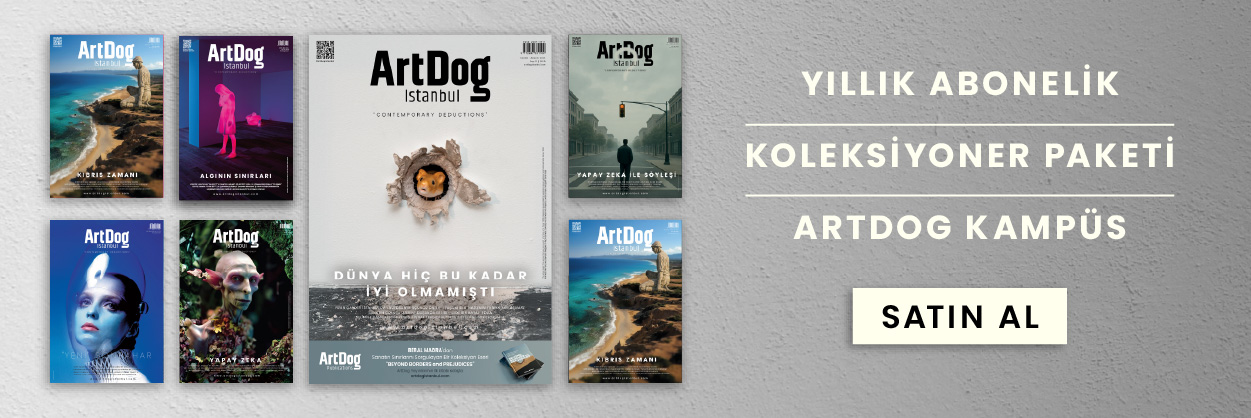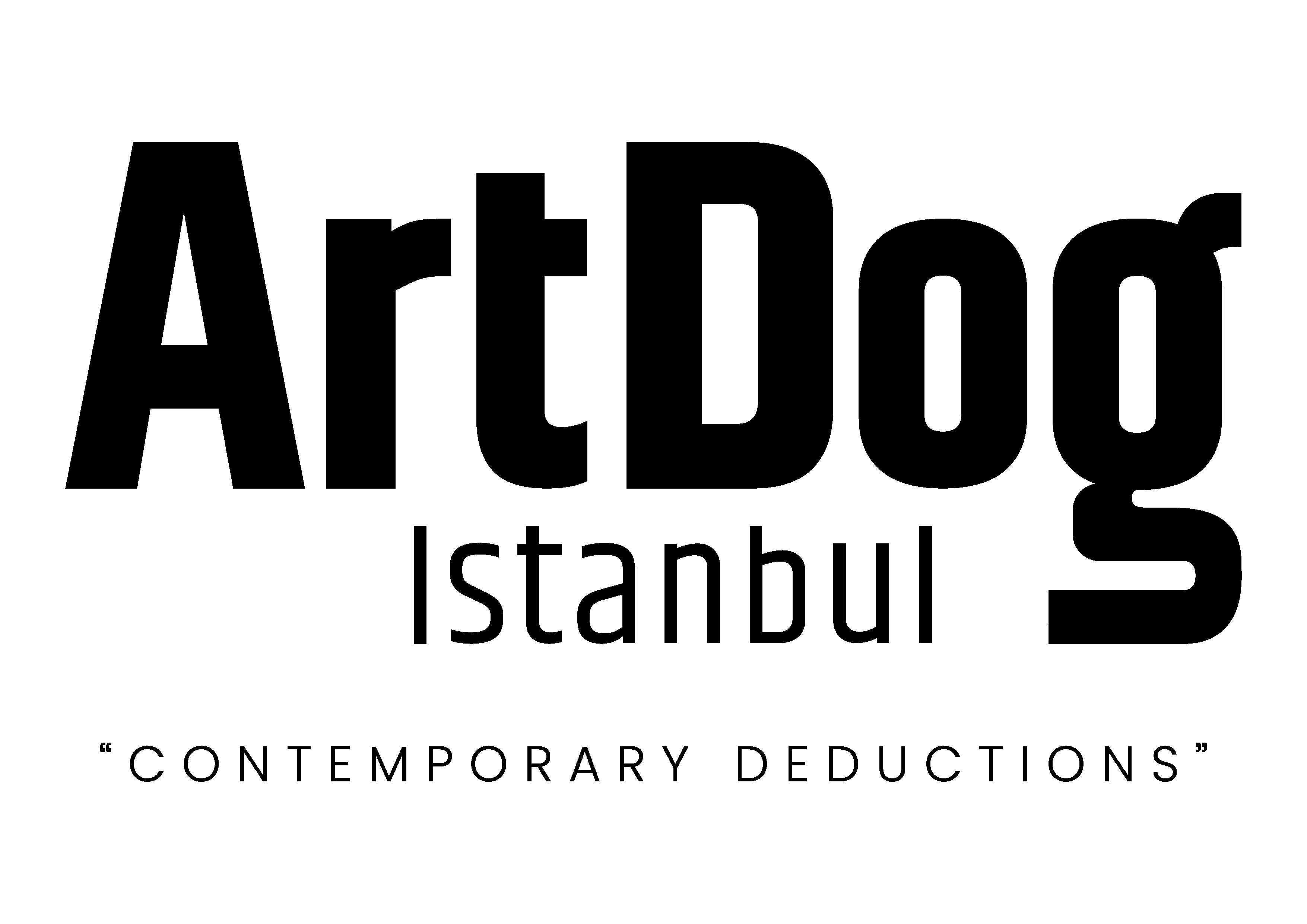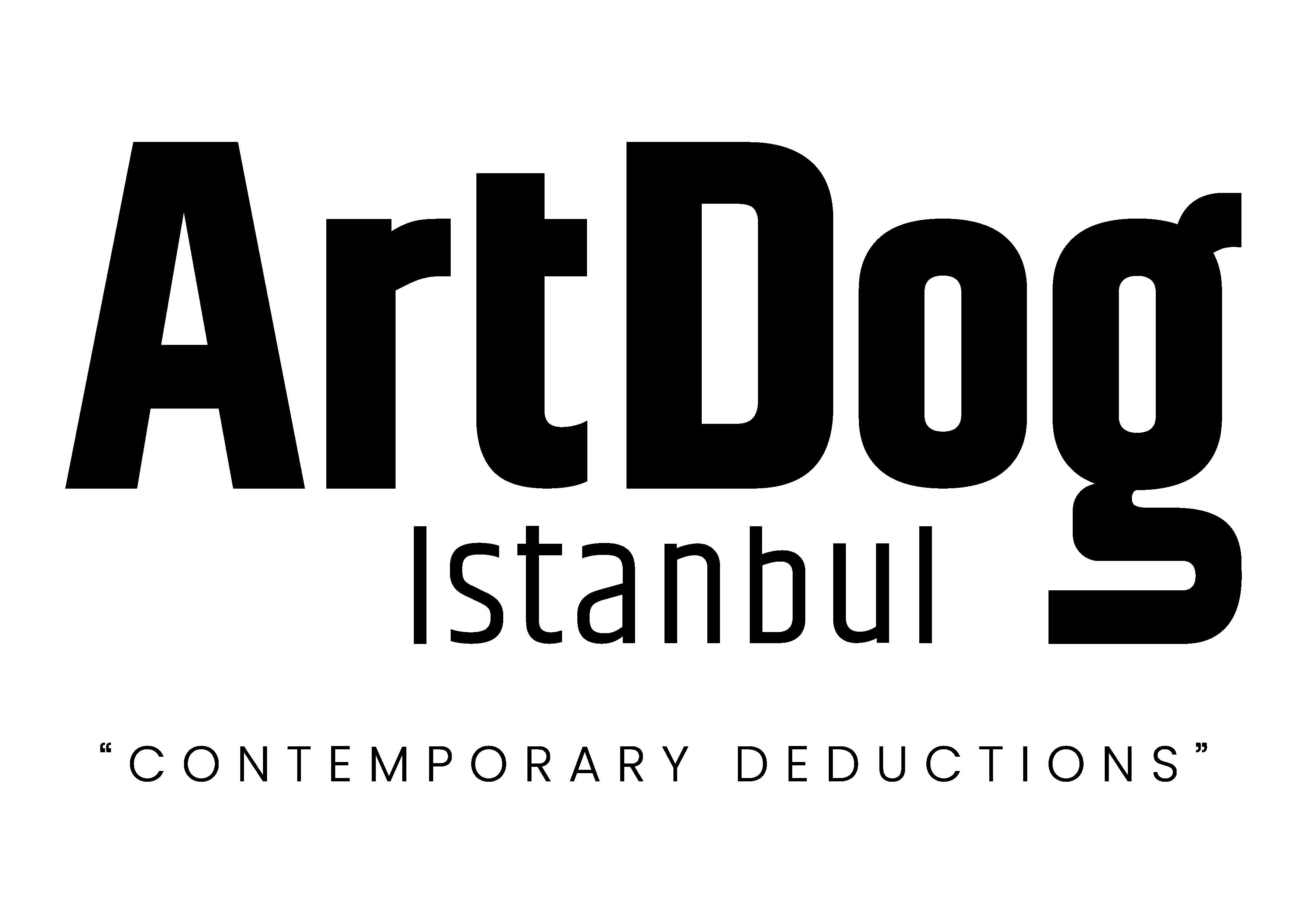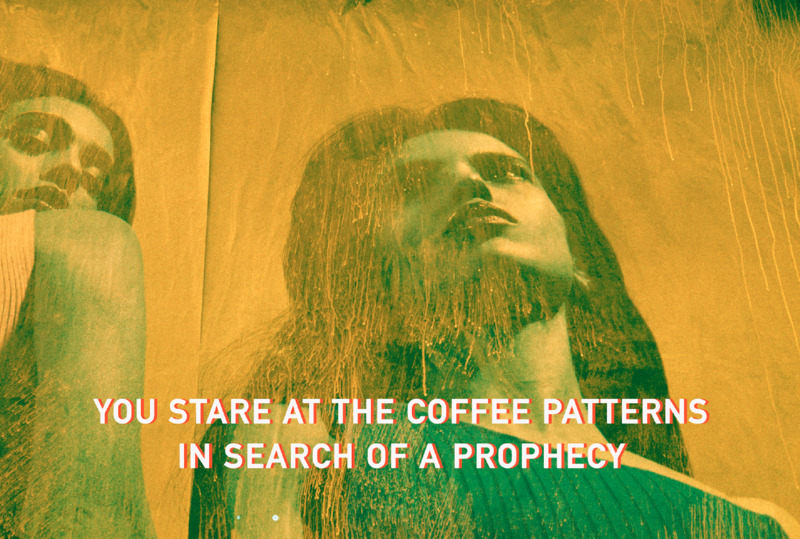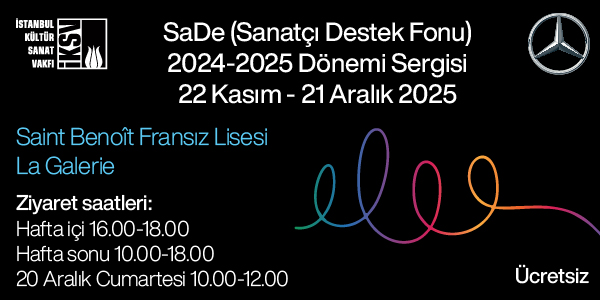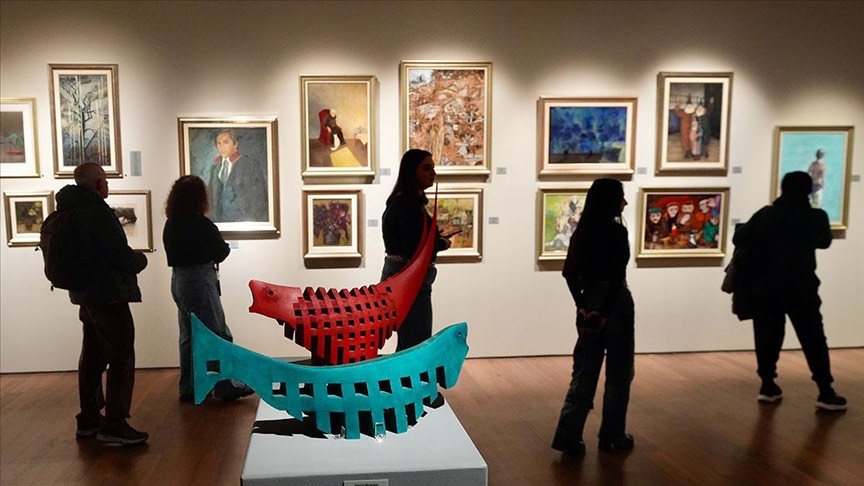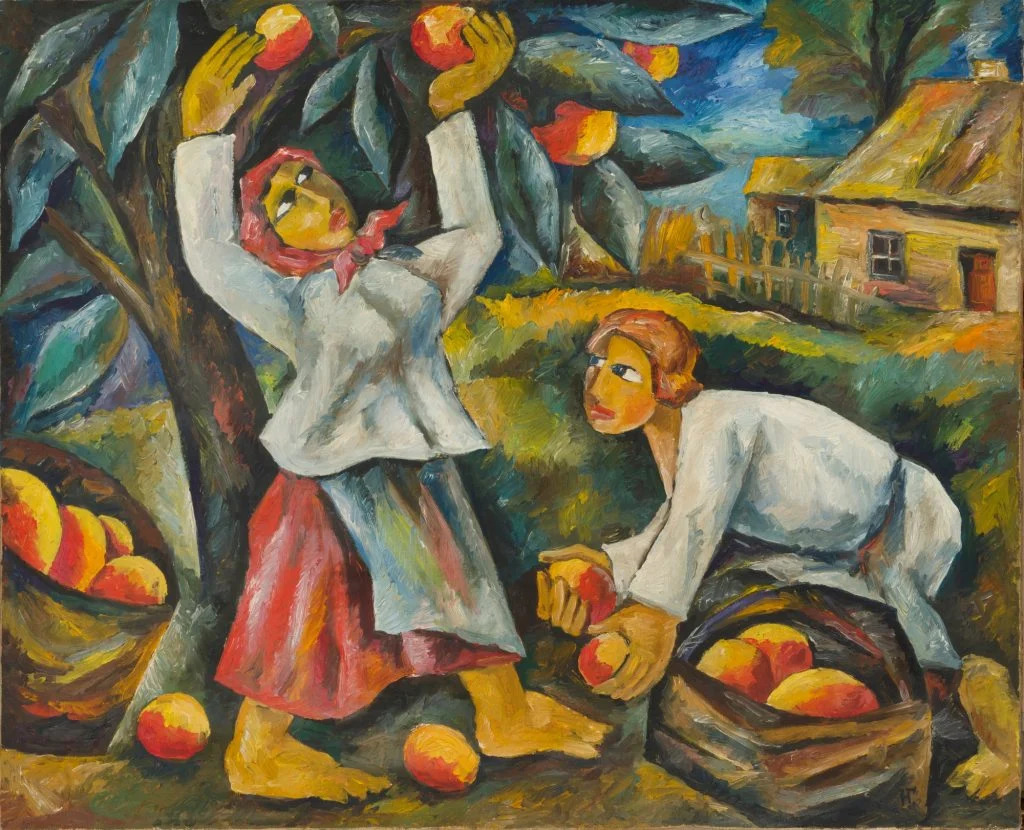Art Sümer Gallery hosts Basim Magdy’s latest exhibition titled ‘Every Subtle Gesture Casts a Shadow on the Future’. This time Magdy invites viewers to explore the delicate balance between the familiar and the unknown. The works avoid fixed meanings, offering parts of stories and emotions that change with each viewer’s memories and interpretations. They encourage reflection on how we create meaning in a divided world. Magdy revisits Every Subtle Gesture (2012–2016), a text-based photographic series. Known for his paintings, films, and lens-based works, he presents a collection of photographs, both old and new.
Magdy’s photographic journey
He began his photographic journey during his first travels outside of Egypt. During these travels, he photographed snapshots as he stumbled upon unfamiliar landscapes, knowing he would never visit them again. Shooting these unfamiliar territories over the course of eight years soon became a natural, intuitive, and almost cathartic experience. His idea was simple: to create a body of work where he could detach himself from the memories and circumstances concerning these places.
The exhibition features over 50 photographs from the original Every Subtle Gesture series, which totals 100 works. Viewed in a single-lined sequence, the images are interrupted by new photographs displayed in a completely different format. Through this disruption, Magdy offers a fresh assessment of his stories, reconstructing the series within today’s social climate and exploring how conversations have evolved—or remained the same. Magdy’s images, though resembling snapshots, are unexpectedly cleanly framed and carefully balanced. There is a subtle focus on detail, textures, symmetry, and depth, creating compositions that are minimal yet hugely impactful. This work has the aesthetic qualities of the 1970s and 1980s c-print photographs, characterised by their curved corners, softly faded tones, and occasional colour degradation, evoking a nostalgic connection to family photo albums of that era. While many photographs feature straightforward compositions, often depicting the mundane, a few subtly incorporate double exposures, adding an ambiguous quality that contrasts with the otherwise grounded imagery.

